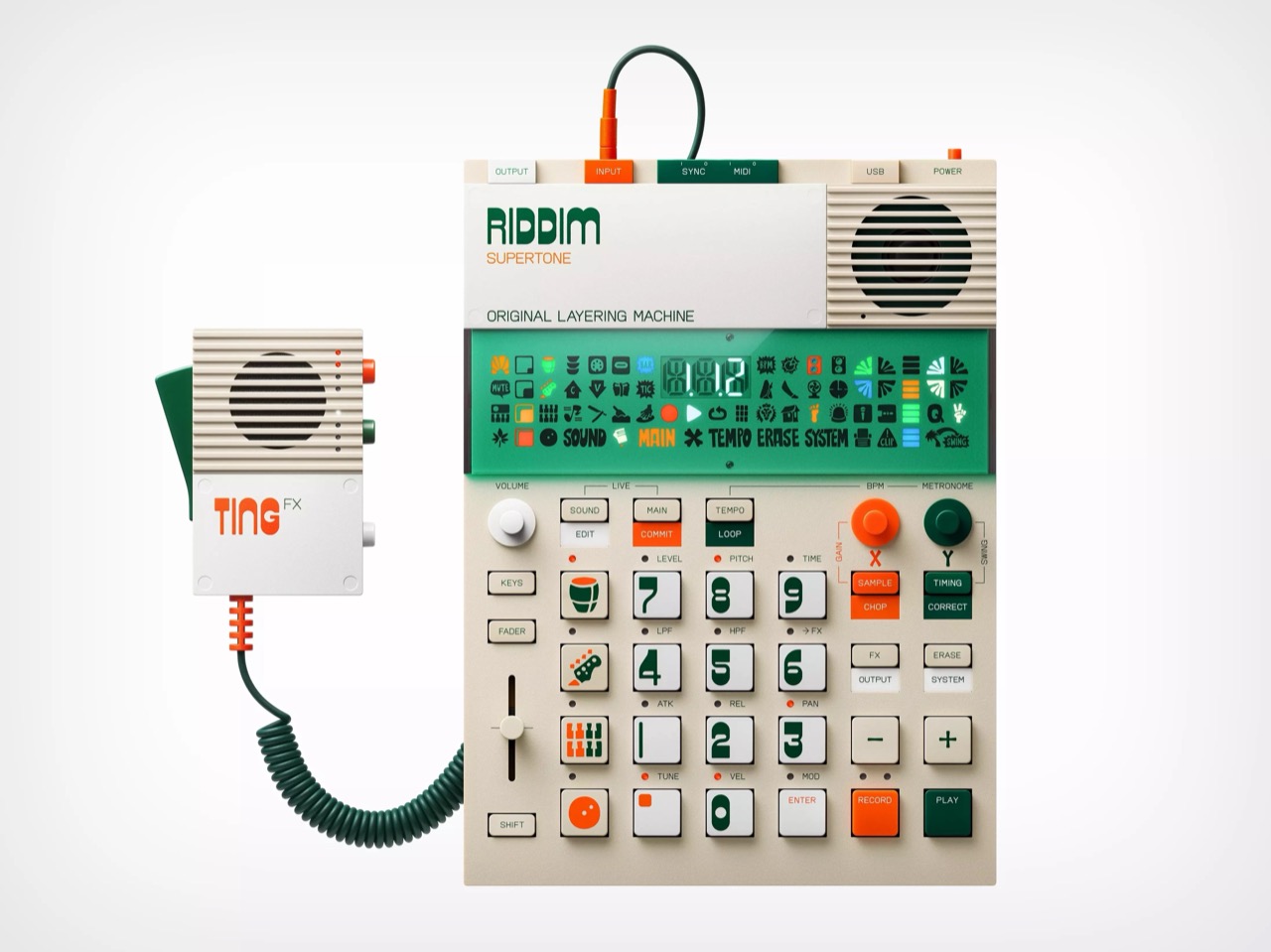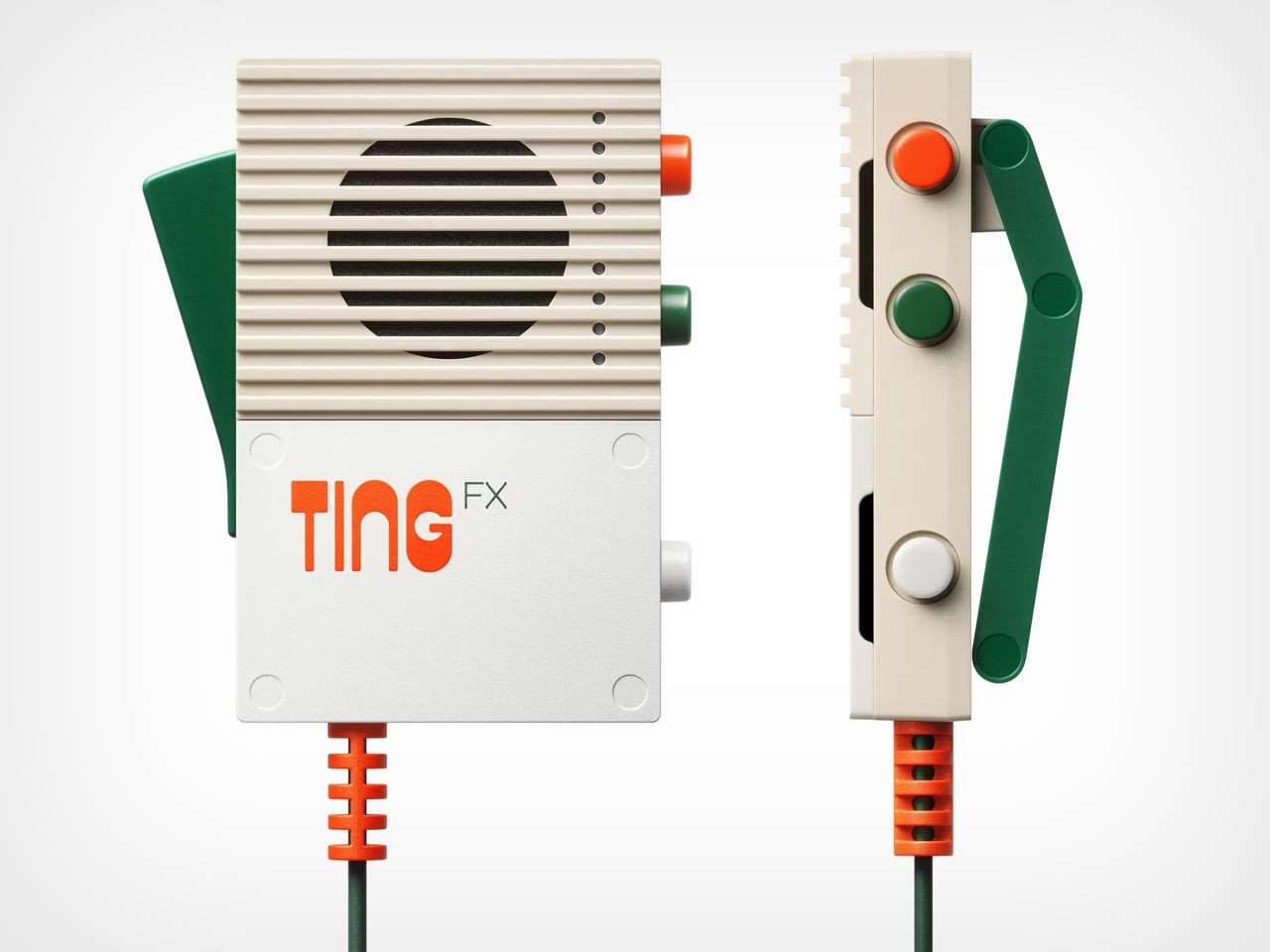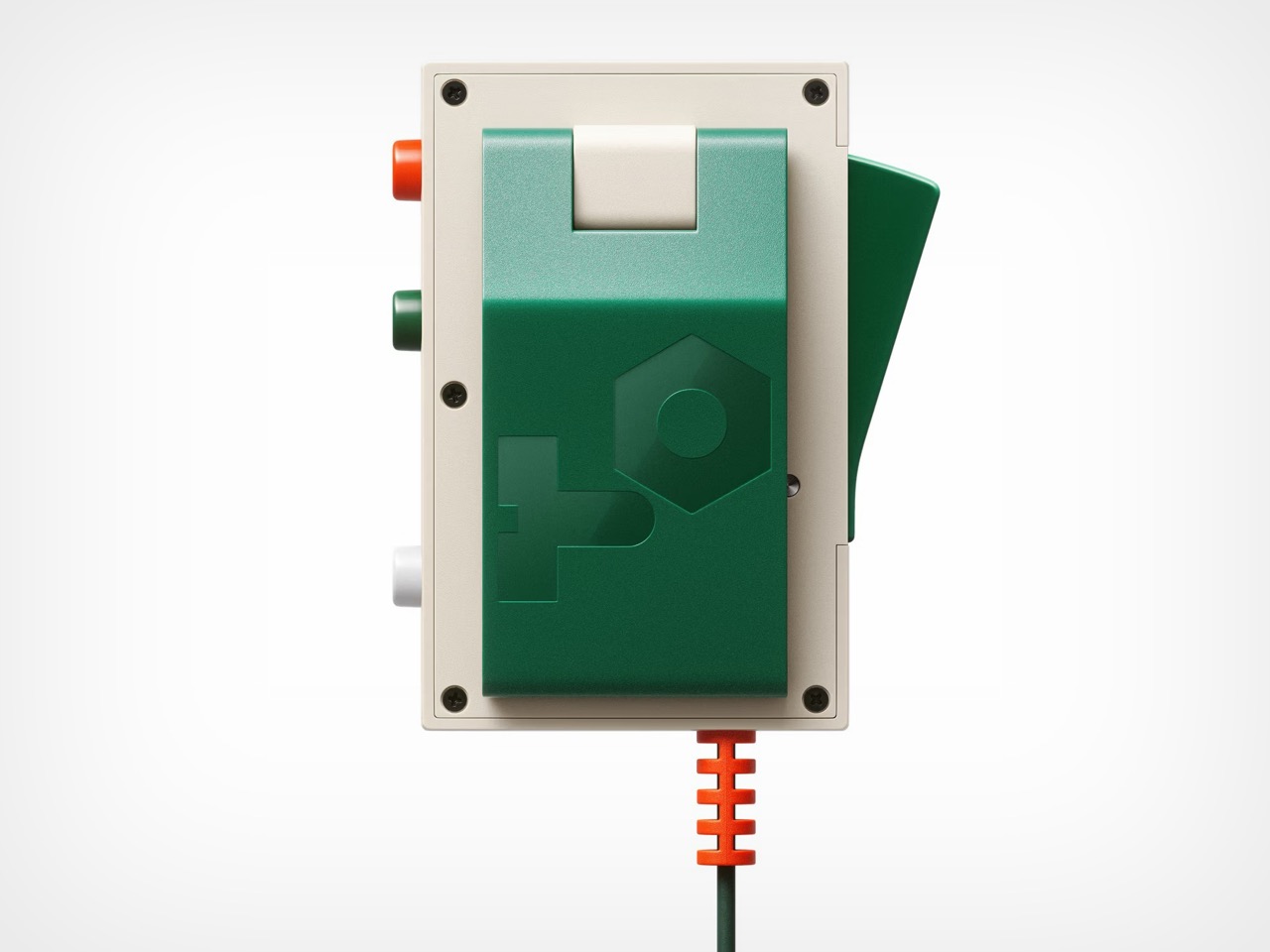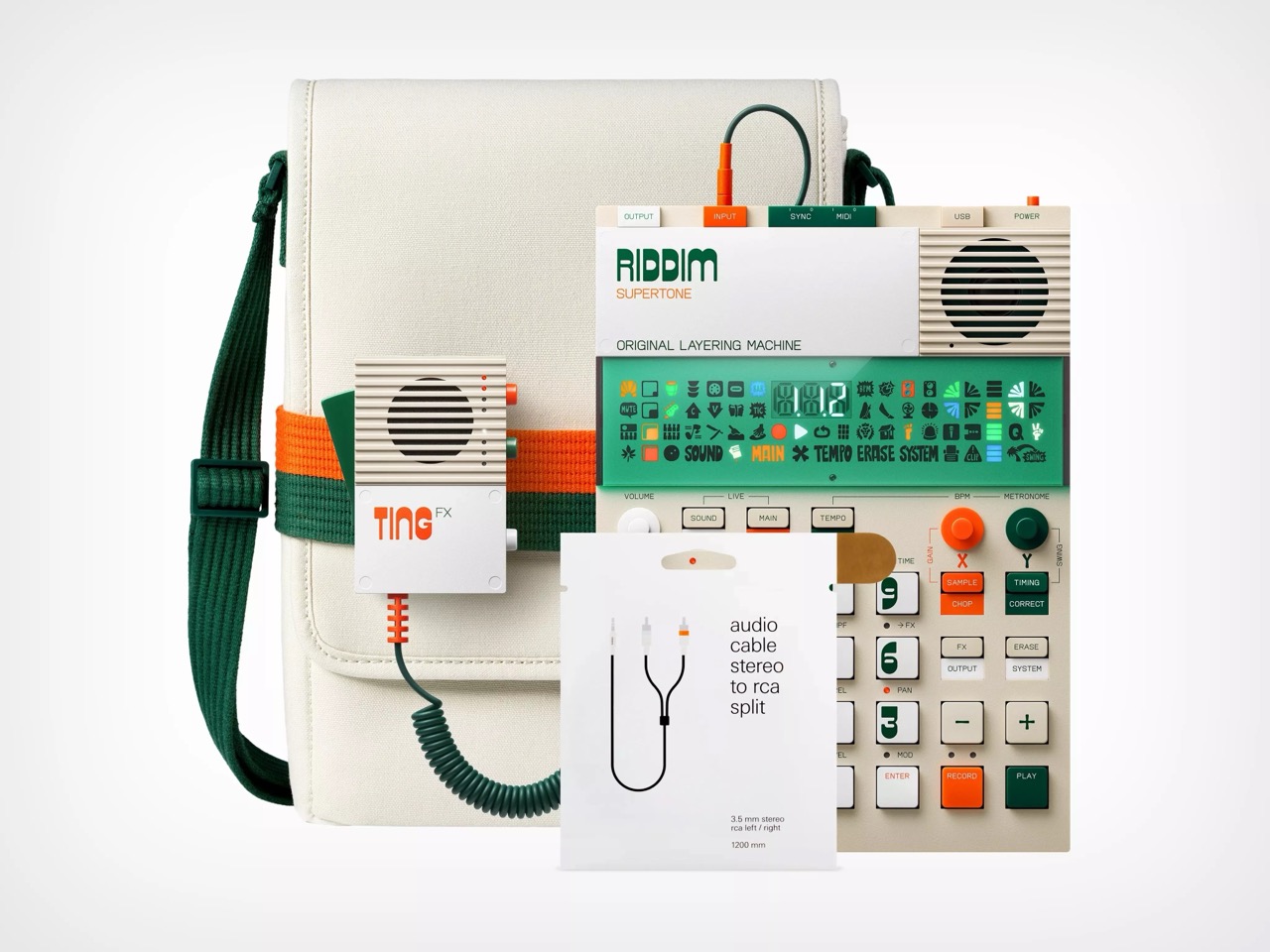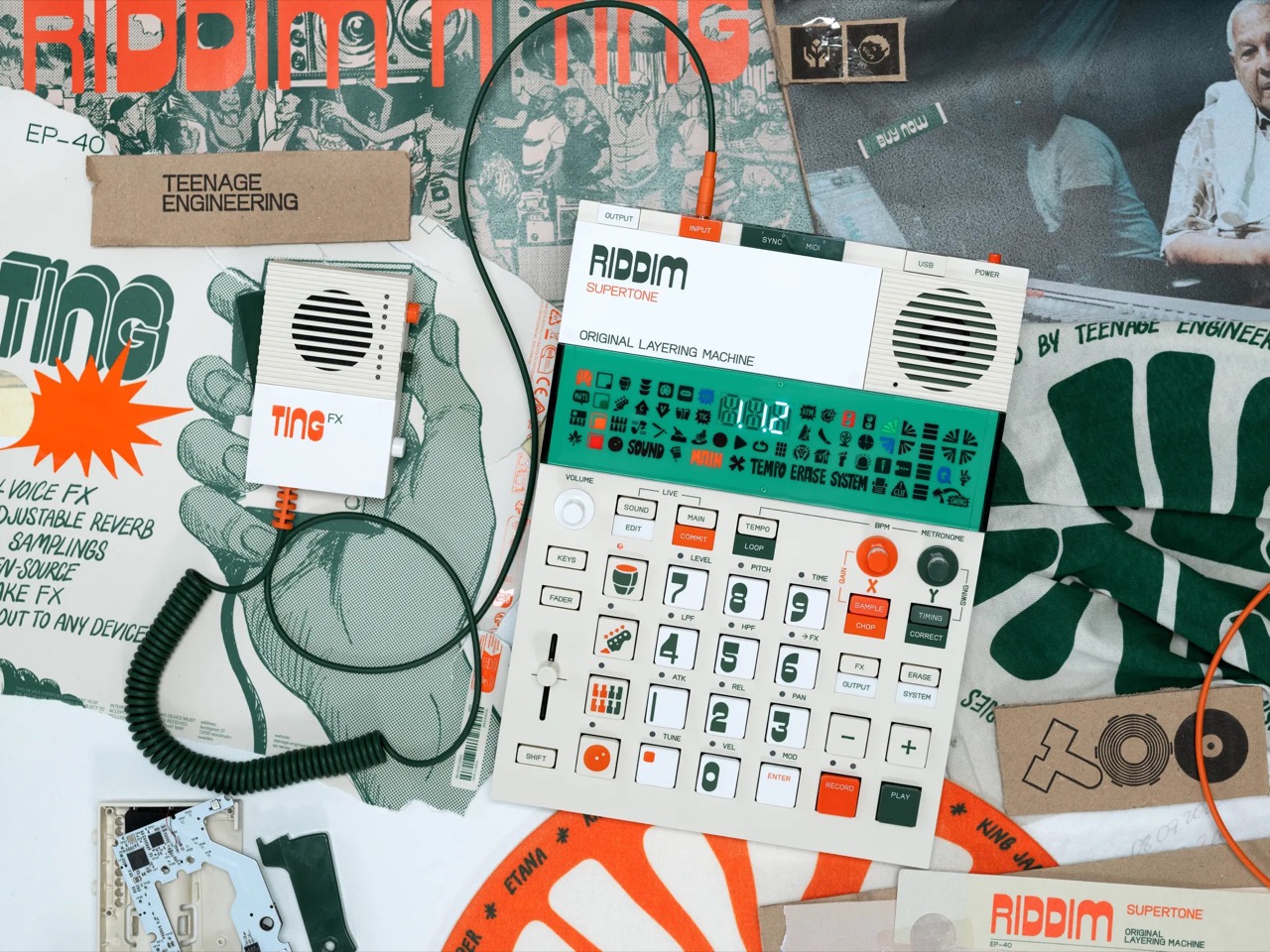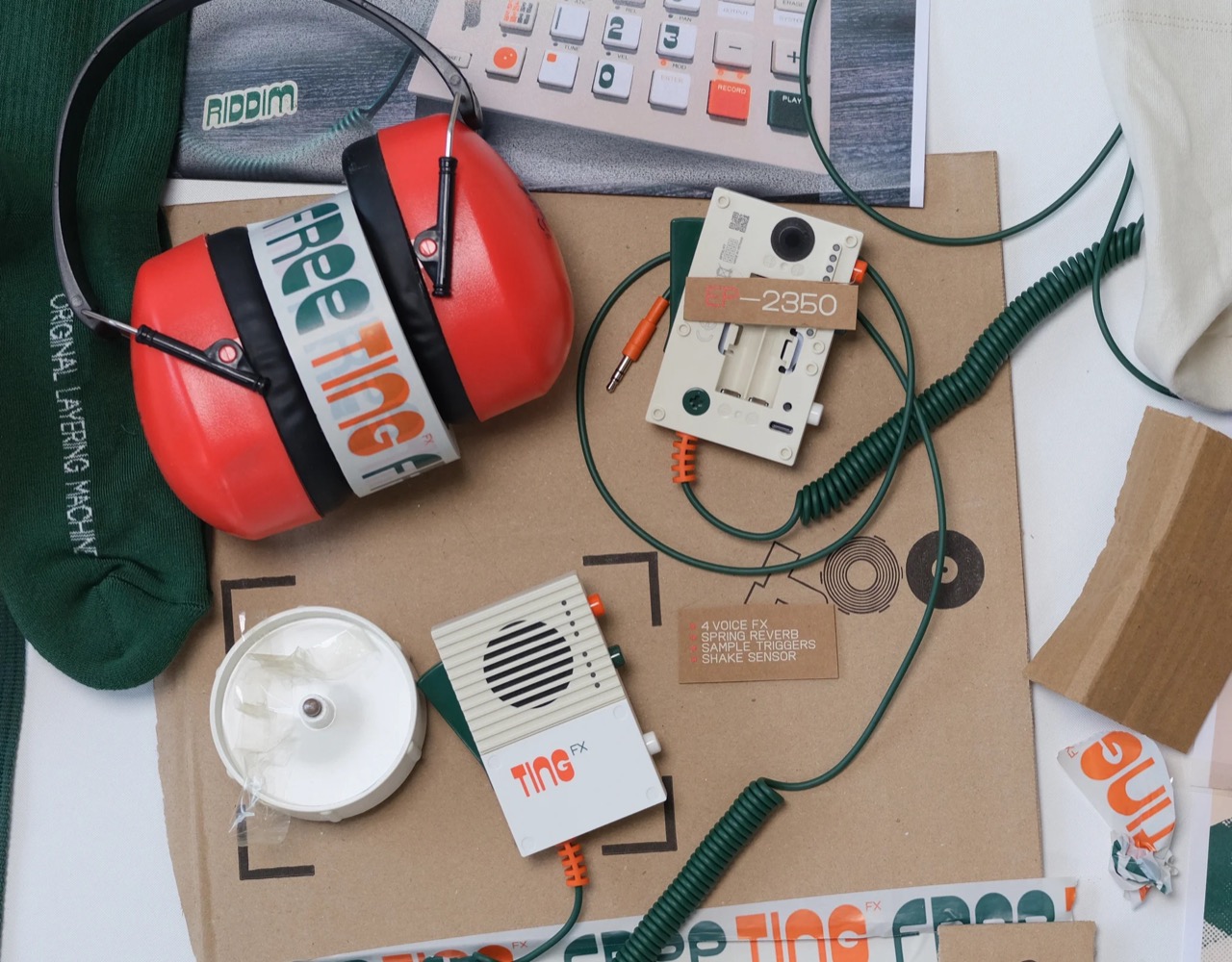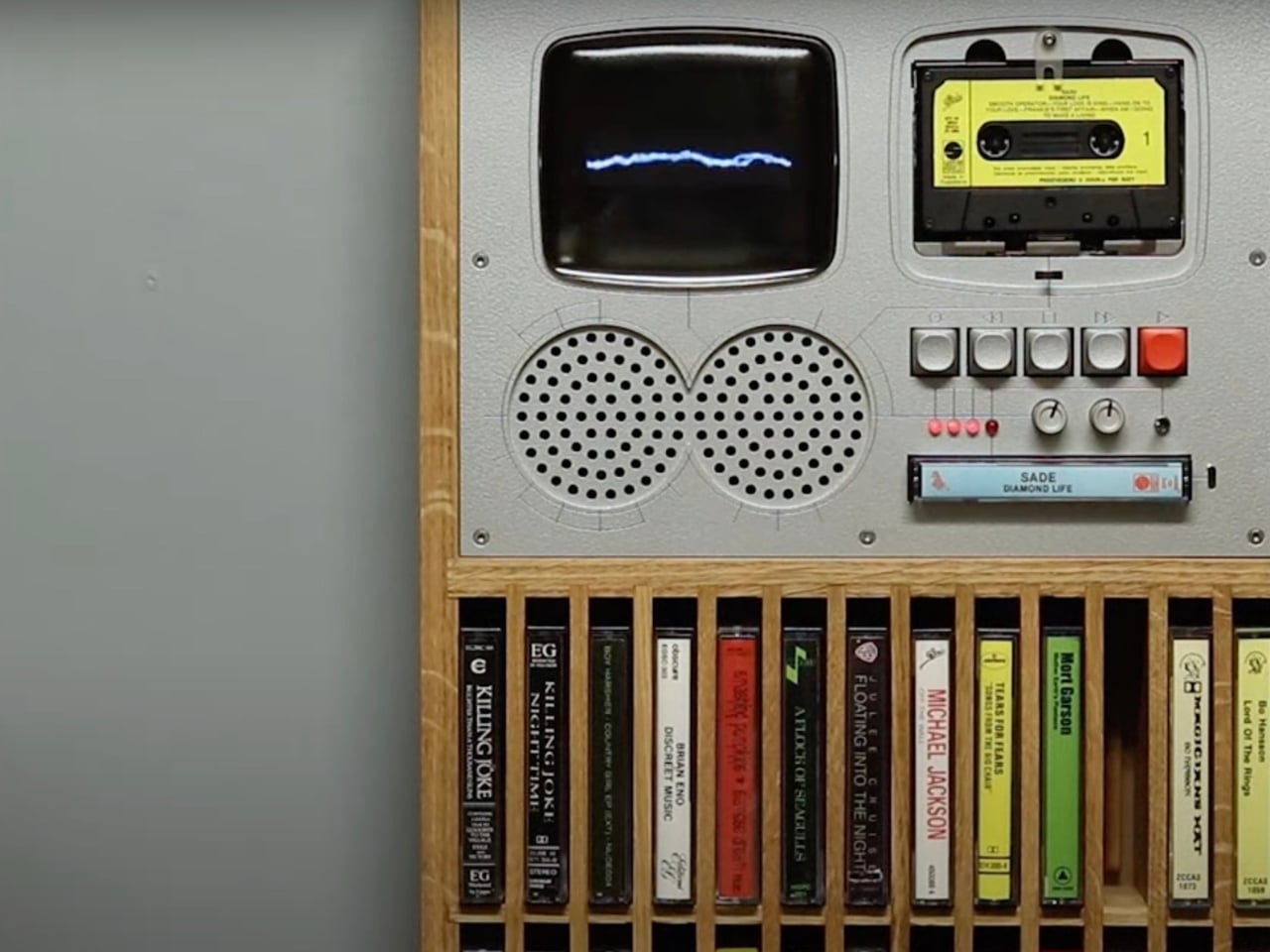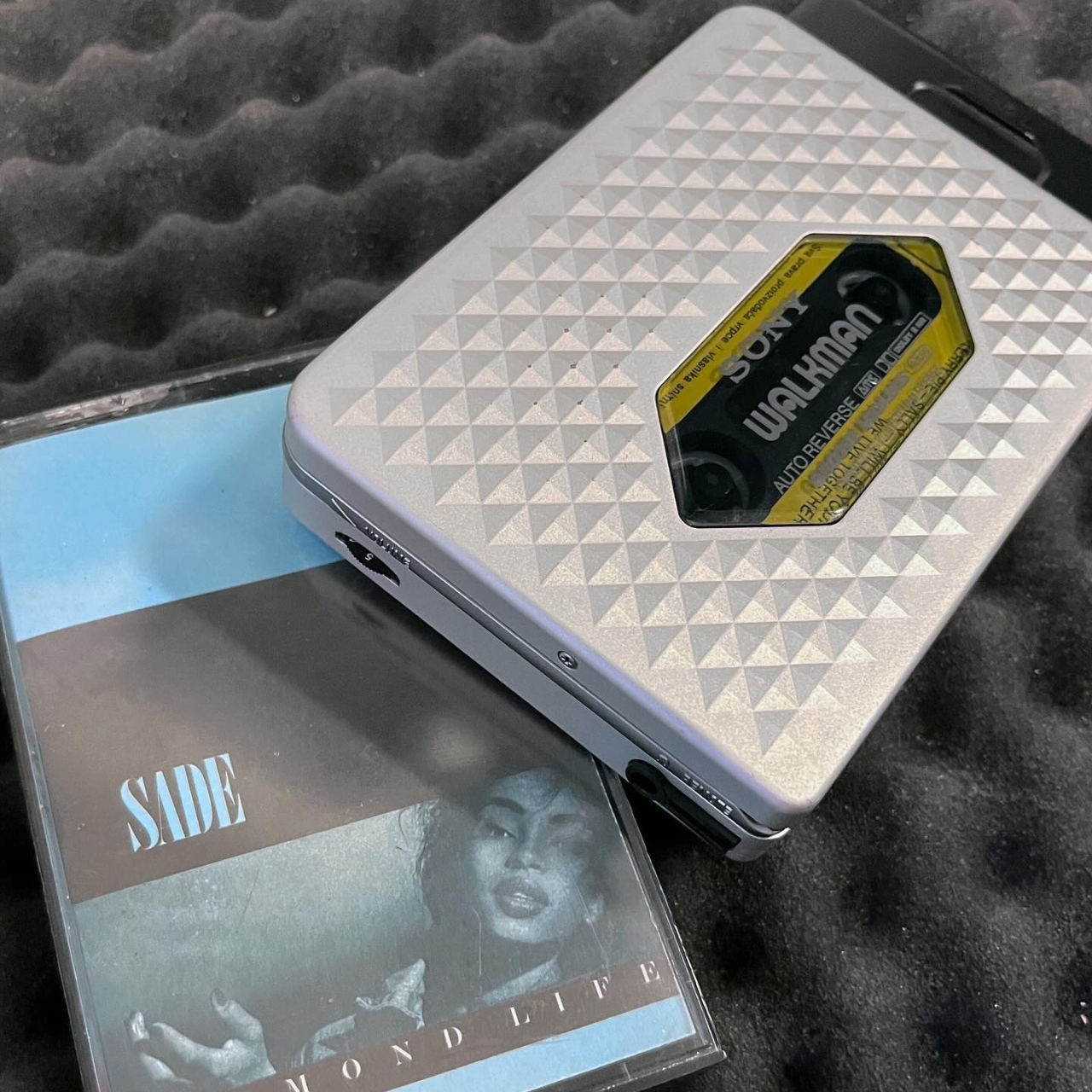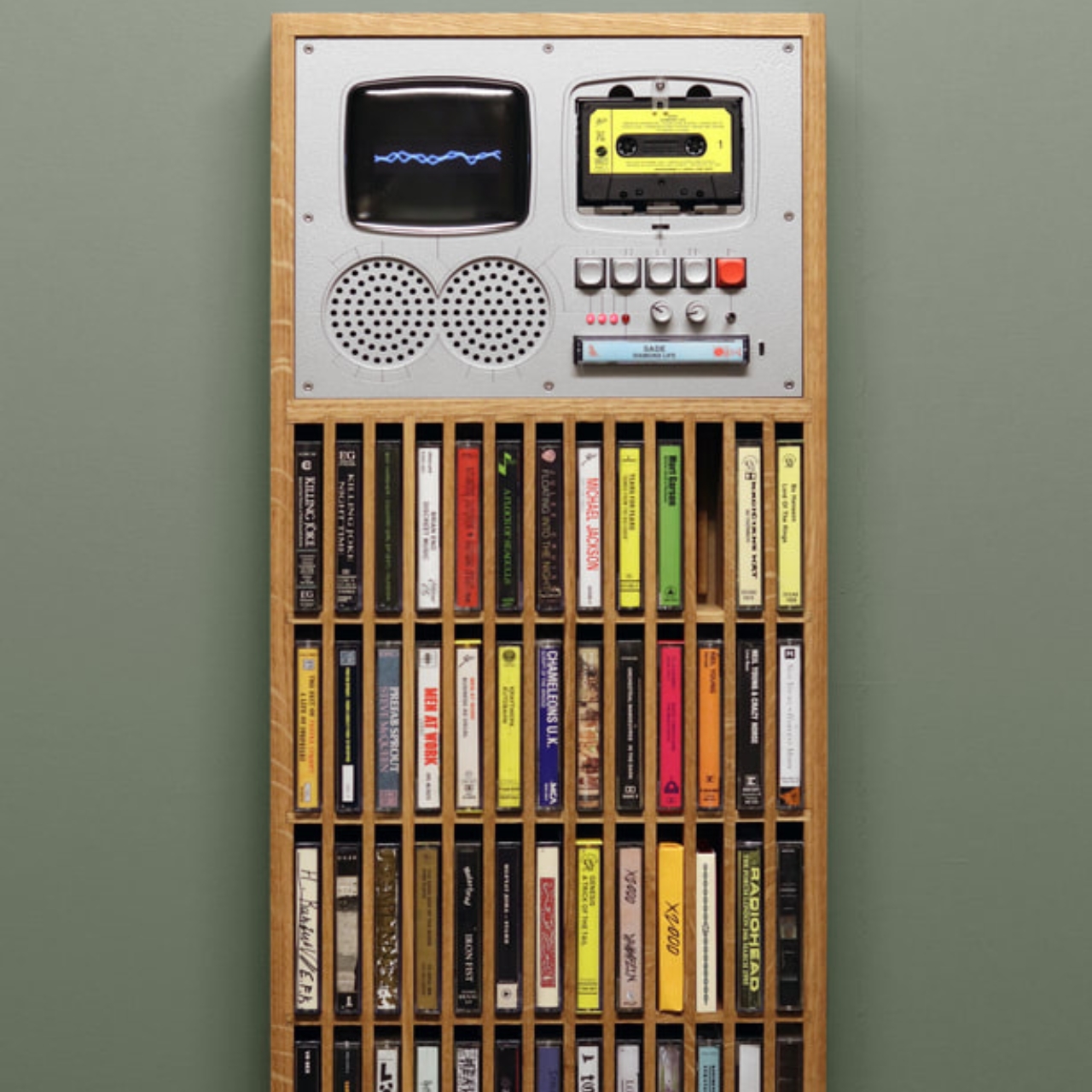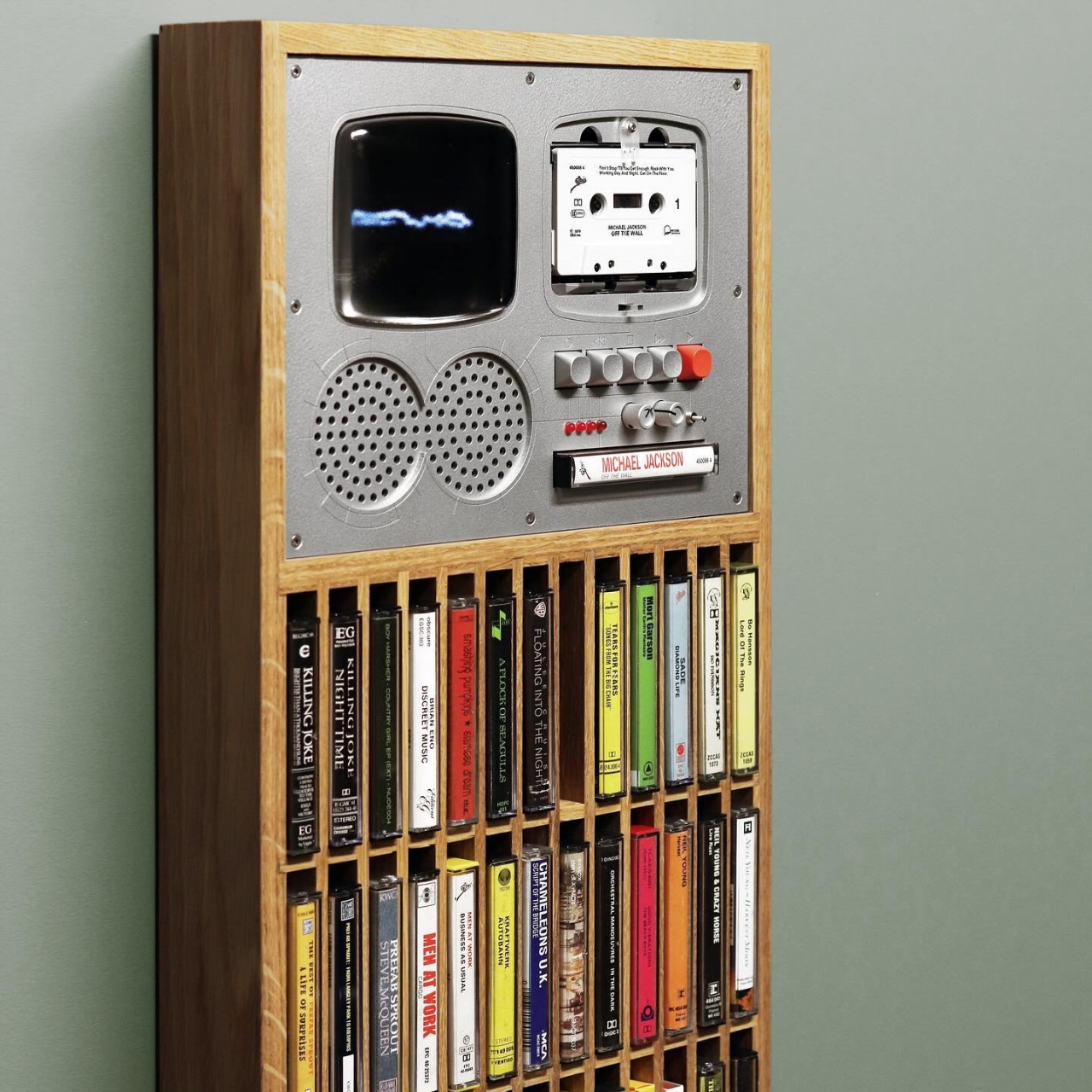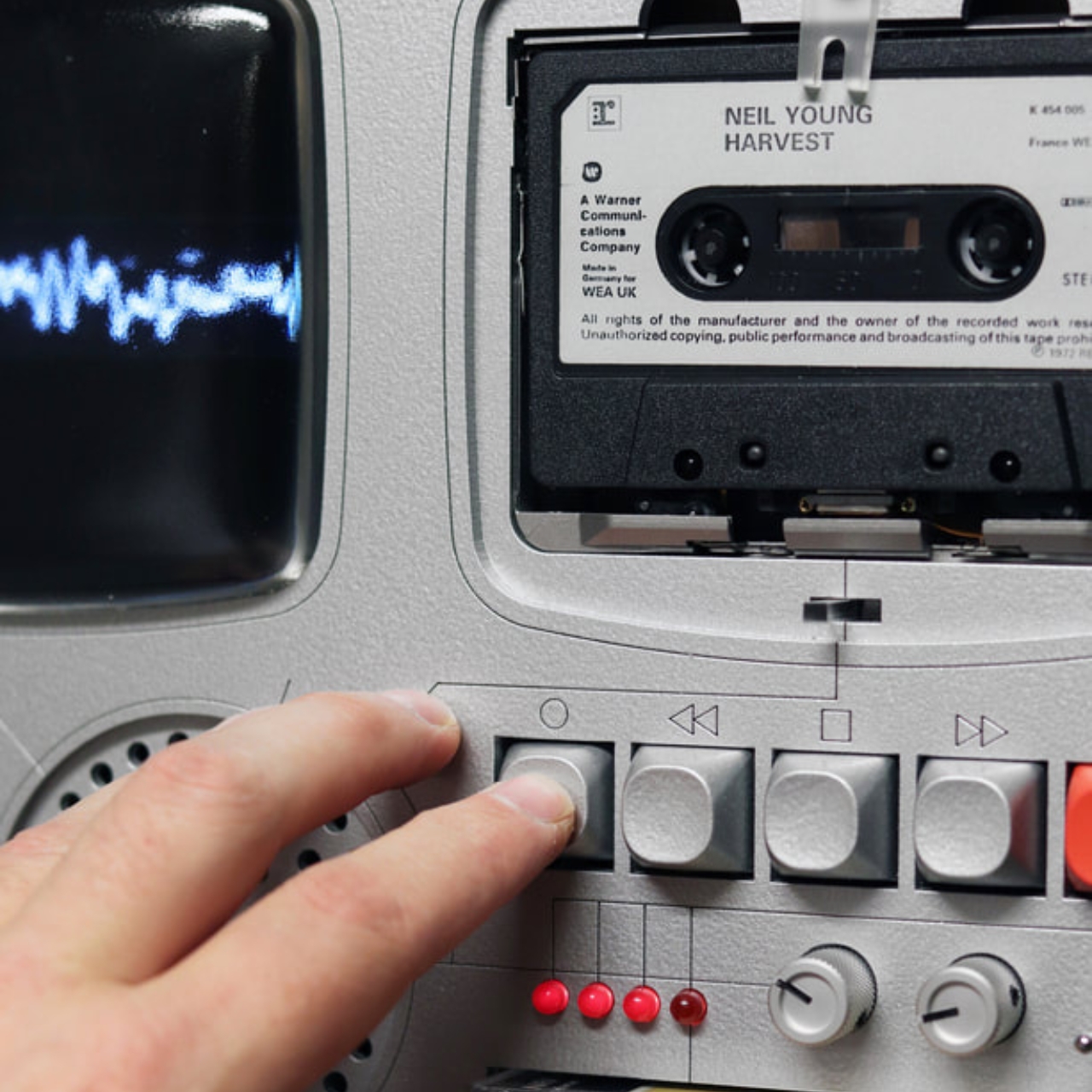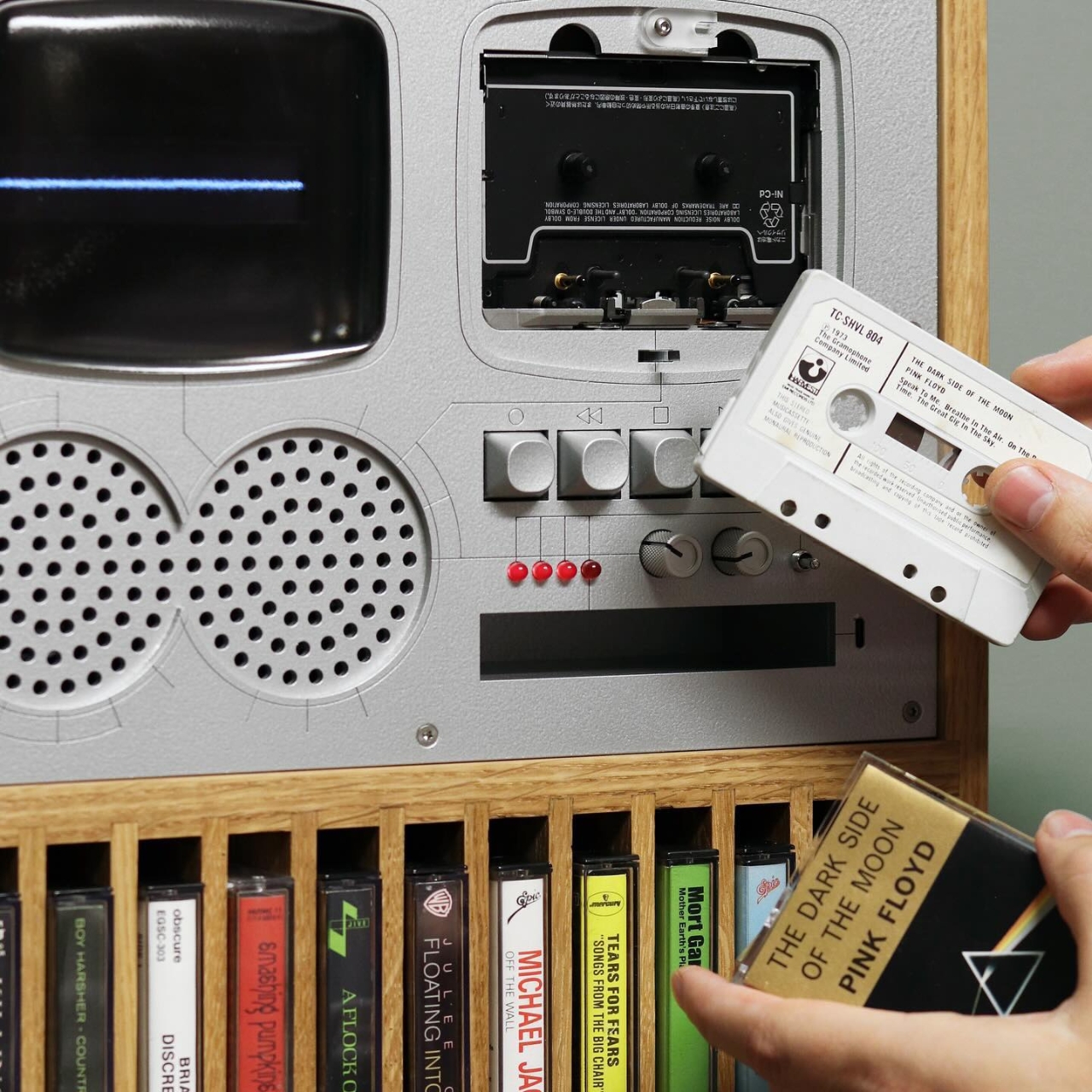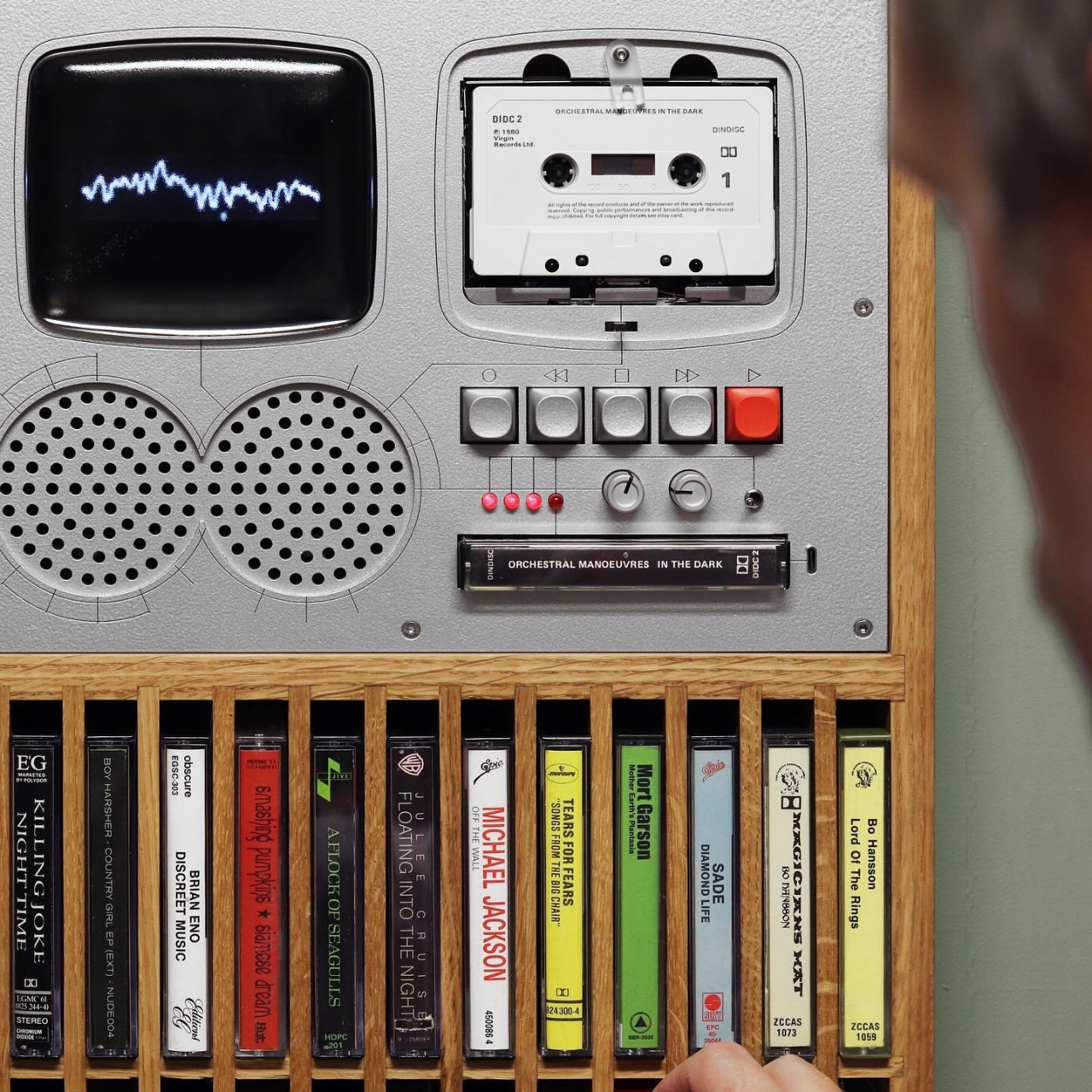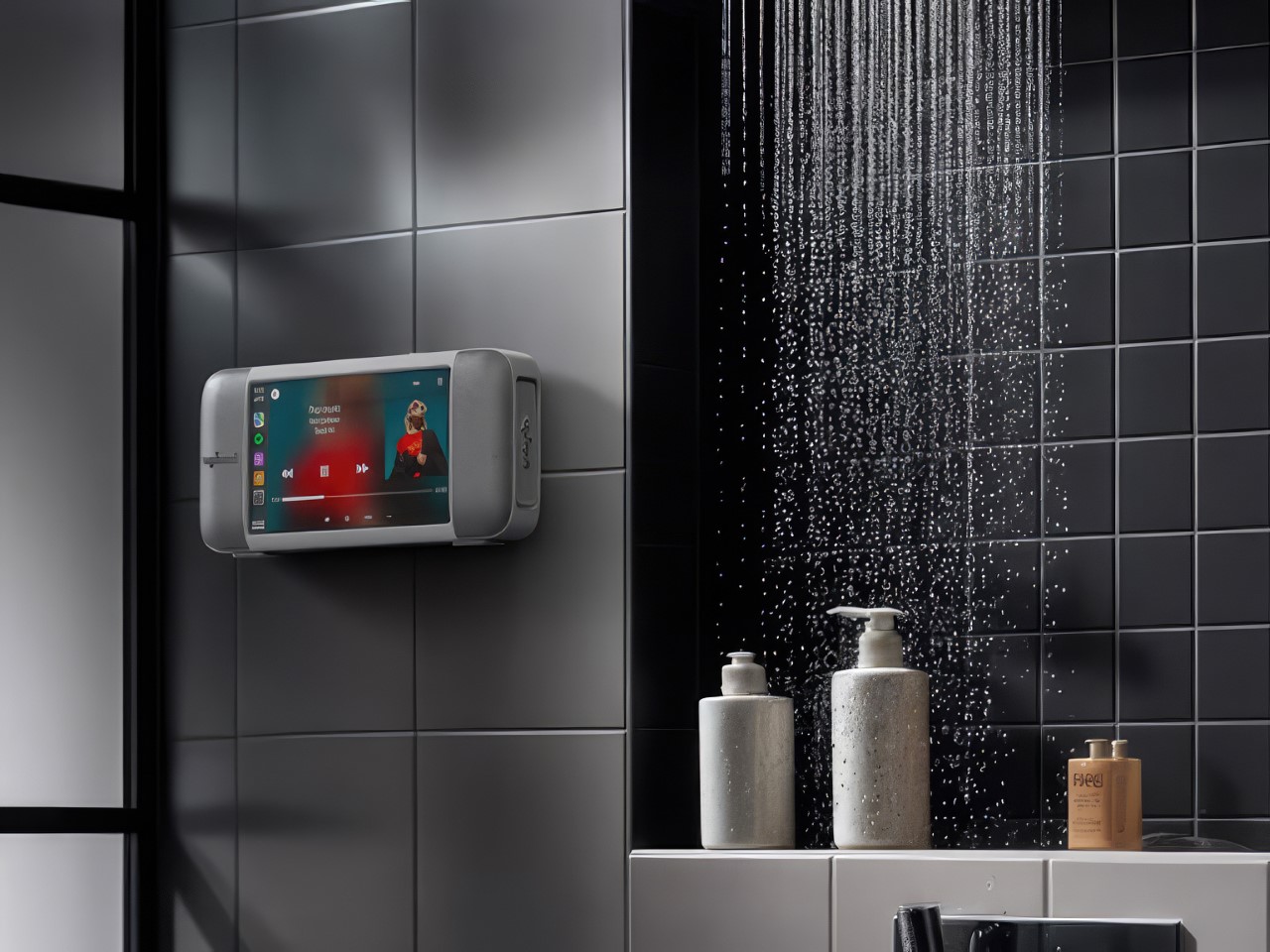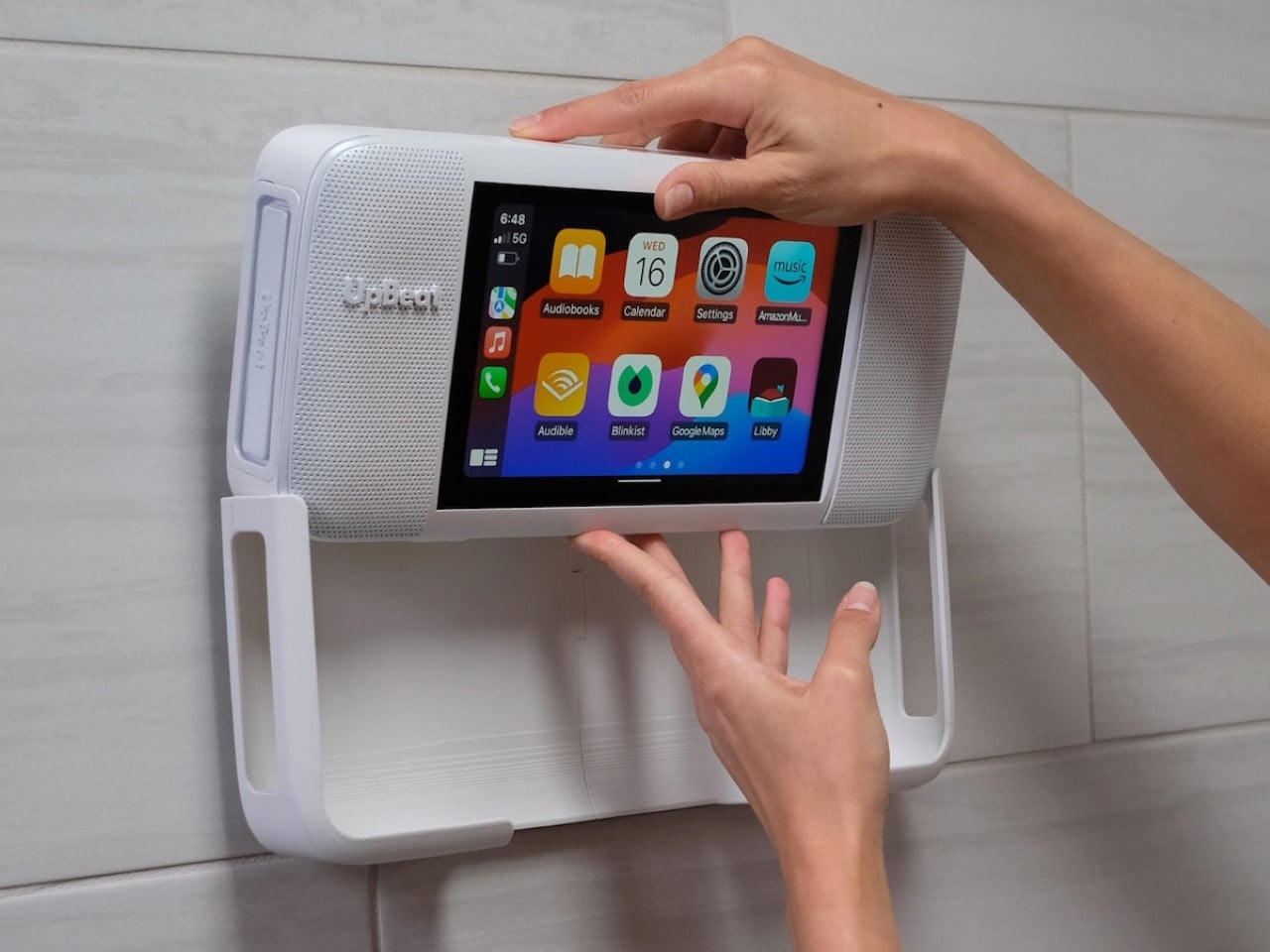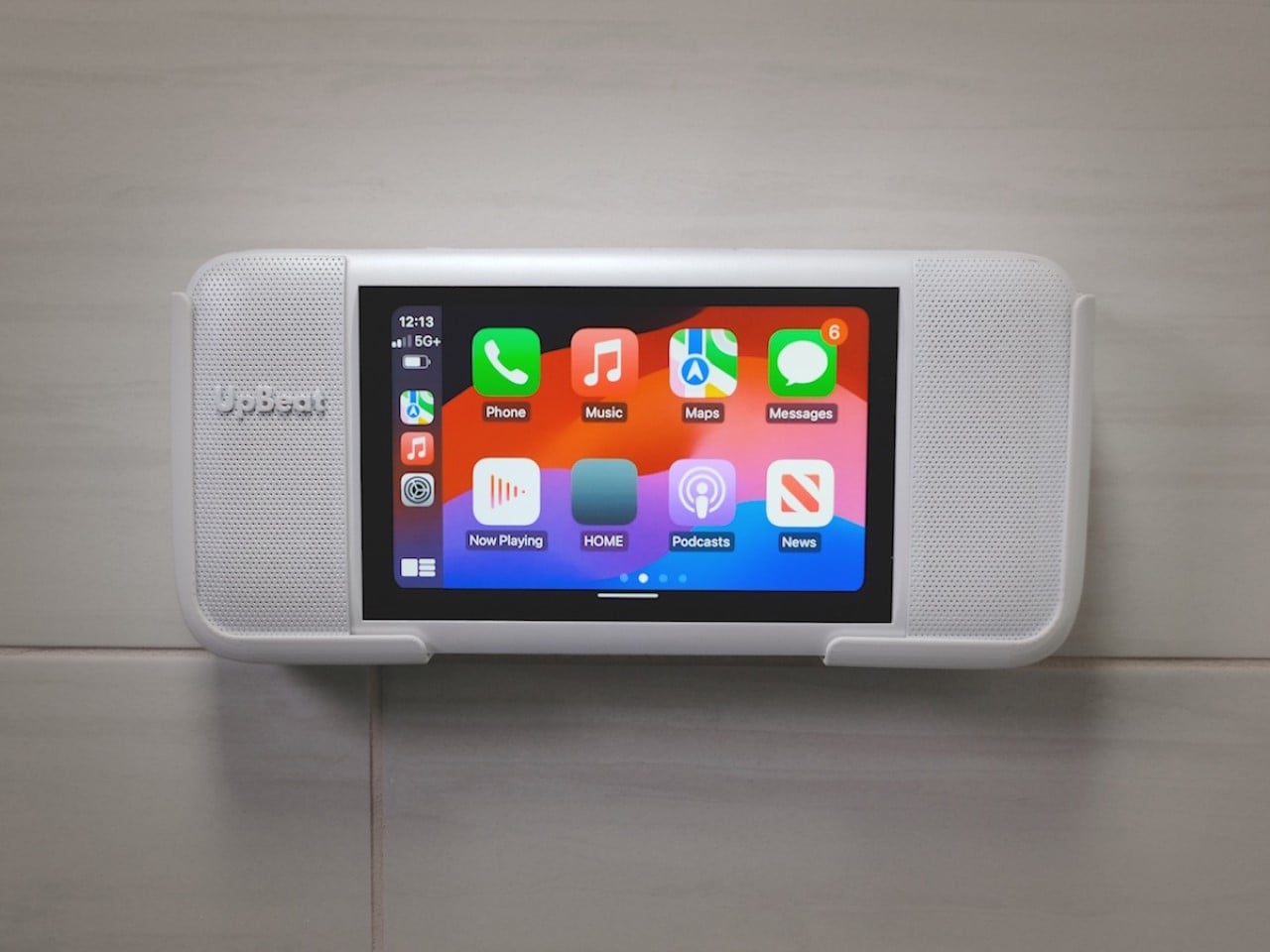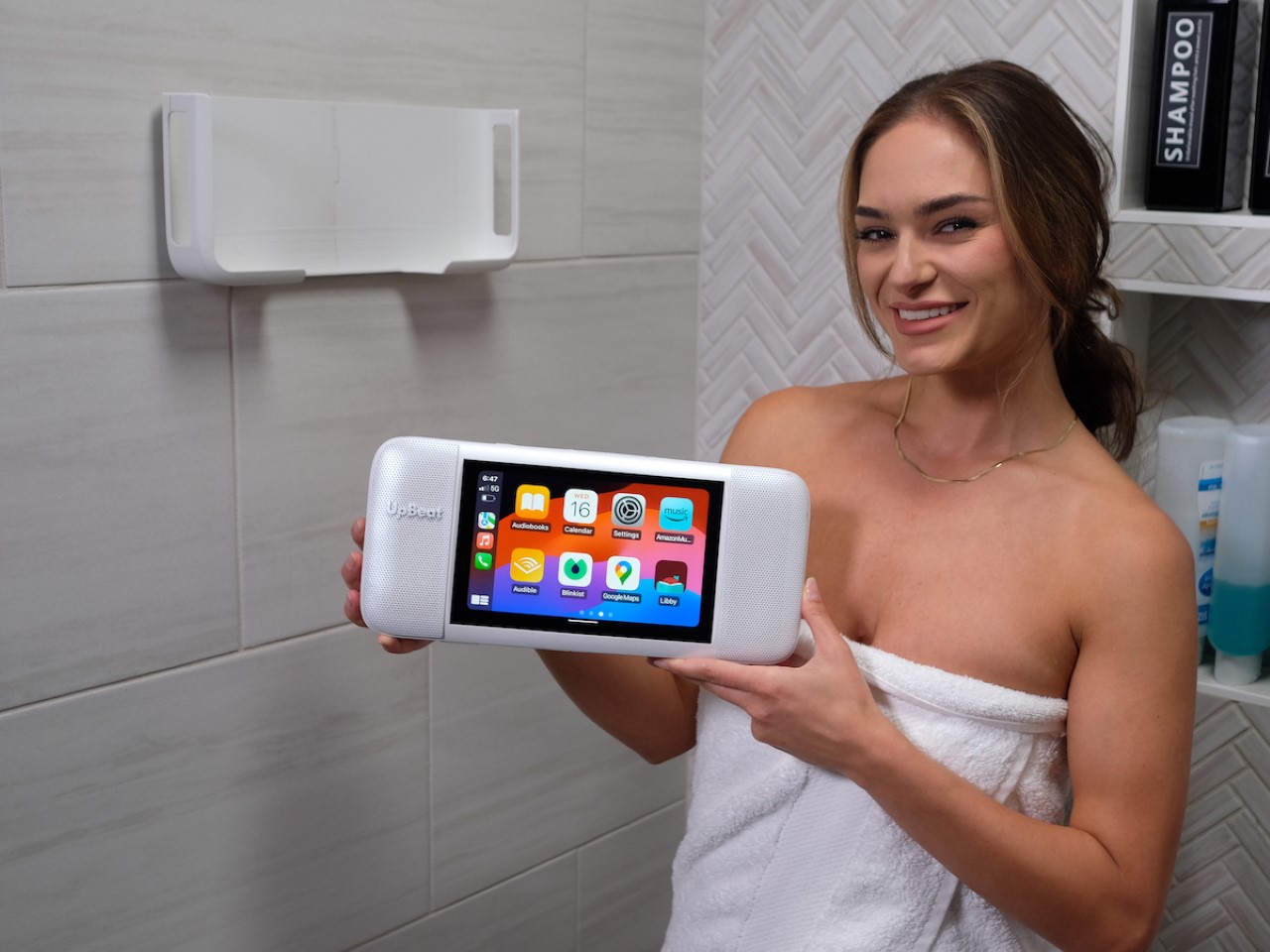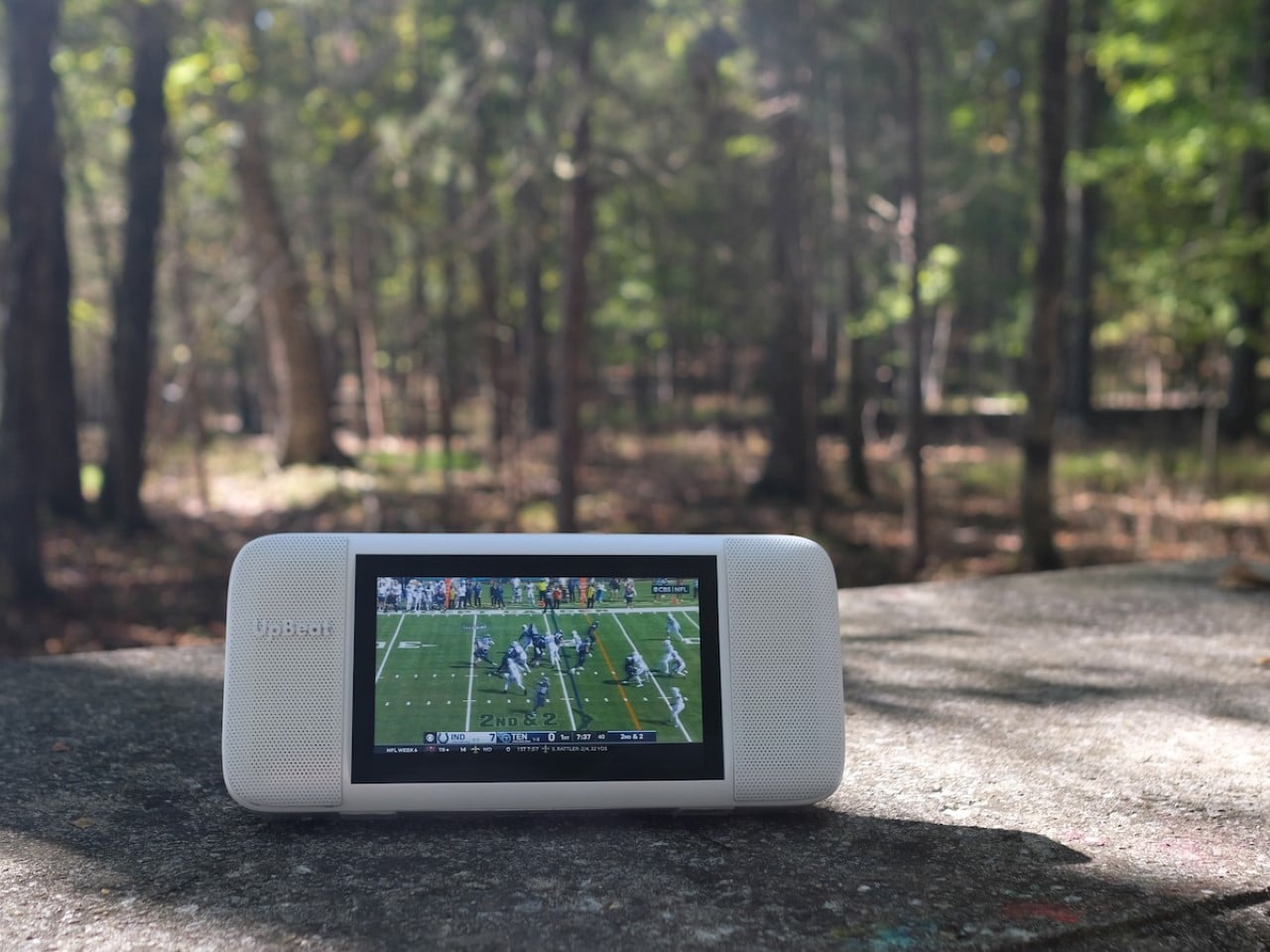This story about Paul McCartney begins with one of his old bandmates. "I'm not really Beatle George," the ever-philosophical George Harrison once said. "For me, Beatle George was a suit or a shirt that I once wore. And the only problem is, for the rest of my life, people are going to look at that shirt and mistake it for me."
On one hand, that’s, well, George being George. But his quote does speak to our need to mythologize the Beatles. It’s hard not to! The music is so exquisite, influential and timeless that we look for grand stories to tell about it. We want a stronger connection to it, so we pore over biographies, interviews and documentaries. We seek meaning and purpose in their story.
Still, it must be surreal to be one of the four protagonists of that story. At some point, the narrative takes on a life of its own that may not reflect your experience. McCartney alluded to that in the 2013 song "Early Days." "Now everybody seems to have their own opinion on who did this and who did that," he sang. "But as for me, I don't see how they can remember when they weren't where it was at."
So, I’ll try not to mythologize the Beatles too much as I describe my experience photographing Sir Paul McCartney last month. I will, of course, fail spectacularly at that mission.
Months before I watched him play for nearly three hours in front of 15,000 fans (at age 83!) at Albuquerque’s Isleta Amphitheater, I sent a press request to his team. A few days before the concert, I learned that my photography pass had been approved. Once it sank in, I screamed and giggled, not unlike the teenagers in Ed Sullivan's audience. (Don't judge those gals until you've been near a Beatle!)
But there wasn’t much time to soak up the excitement. Without any real cameras on hand — my iPhone 17 Pro certainly wasn’t going to cut it — and only a few days to prepare, some quick decisions were in order. After enough internal debate to make my head spin off its axis, I settled on an oddball combination. For the body, I went with the Canon EOS R50, an ultra-compact mirrorless with a 24-megapixel APS-C sensor.
Was it the best one available? Not at all. But instead of renting a $3,000 camera, I decided to buy something in my budget that I'll enjoy using for years. I'd already eyed it after handling a display model and reading Steve Dent's review. Plus, it created a fun challenge: How can a sub-$800 consumer-facing camera stand up to the unique demands of concert photography?
The lens, on the other hand, is no place to mess around. So I rented the Canon EF 70-200mm f/2.8 L IS USM, a gargantuan, professional-grade telephoto one. (It's the precursor to this $2,399 one.) This choice was simple: It was by far the most concert-appropriate lens available to rent. It maintains sharpness and contrast across its long zoom range, its autofocus is fast and its f/2.8 aperture is crucial for the unique demands of stage lighting.
Put the tiny camera and ginormous lens together (with this $38 adapter), and you get the odd couple you see below. To say this sucker was front-weighted would be an understatement.
Camera in hand (and Beatles hoodie equipped), I took my position in the tight press pen. The photography area was about 150 yards from the stage and didn’t allow for lateral movement, so ideas for creative compositions were set aside. My only option was to push that glass out to 200mm (or close to it) and fire away. Save those composition ideas for when it's time to crop.
When photographing someone like Sir Paul, you ideally want an image that captures not only the man and the musician, but also that larger-than-life myth. It should be something grand that you’d want to hang on your wall. No pressure!
Sir Paul's first number was the John Lennon-penned classic "Help!" Until this year's leg of the Got Back tour, McCartney hadn't played the song in full since 1990. We can only speculate about his reasons for pulling it out of his bag now. But I feel like the song's desperate pleas gain new poignancy in 2025. I can't count the times I've wanted to cry out to someone — anyone! — to "Please, please help me" after reading the news.
We were huddled close enough together that I was glad I wore these $16 kneepads under my jeans. When the crowd in front of us settled down a bit, I kneeled to give my photographer cohorts more elbow room. My right knee bounced pleasantly onto the cozy leg pillow.
With one song already down, the R50's burst mode was getting a workout. The stock Canon battery was still going strong, but I had these two third-party spares stashed in this camera bag to swap out if necessary. (I didn't end up needing them, despite snapping over 600 photos.)
McCartney transitioned into his second number, "Coming Up," the first track from 1980's McCartney II. That LP was ahead of its time, embracing synths, drum machines and other studio tricks before they became commonplace. Contemporary critics didn’t care much for it, but it later became a cult classic. That combination illustrates something about his solo career: always experimenting, sometimes misunderstood, but ultimately vindicated.
Two songs were over in a flash. Macca addressed the crowd, and picture time was over. Off to leave my camera with security, and claim the faraway lawn seat I bought long before I knew I'd have press access.
The rest of McCartney's set included a perfect balance of Beatles, Wings and solo numbers. (There was even an old Quarrymen song, "In Spite of All the Danger.") As you can see in the photos, he started on his trademark Höfner bass. But he moved on to piano, acoustic and electric guitars and ukulele. The latter was for his beautiful rendition of Harrison's "Something."
That number wasn’t the only point that moved me. The most notable was where he teamed with Lennon on "I've Got a Feeling." Present-day McCartney singing with 1969 Lennon, who appeared on the giant screen above (via the restored rooftop concert footage in Get Back), was profound. "I love that one because I get to sing with John again," he said.
Sir Paul strikes me as someone who’s always looking forward. But the Got Back tour is a chance to look back. It lets us, the romanticizing fans, join him on the long and winding road from the Quarrymen to today. The entire production made me feel like a passenger on his journey.
I could go on. But you don't need me to elevate Paul McCartney's musical legacy any more than you need me to explain Michael Jordan's basketball skills or Meryl Streep's acting chops. Listen to the music — and catch his tour if you can — and you'll feel it.
As for the photos, my favorite is the one at the top of this article. (I also included a color version in the gallery below.) It’s the only one that (to me) captures the man, musician and myth as he plays his Höfner bass. Out of more than 600 rapidly-fired photos, one that feels just right is good enough for me.
But even if they all sucked, who cares! Decades from now, I'll tell everyone at the old folks' home that, when I was young (and my heart was an open book), I snapped some pictures of Sir Paul McCartney. The story may grow more inflated by then, and maybe I’ll invent new details. But perhaps I can be forgiven for a bit of mythologizing.
